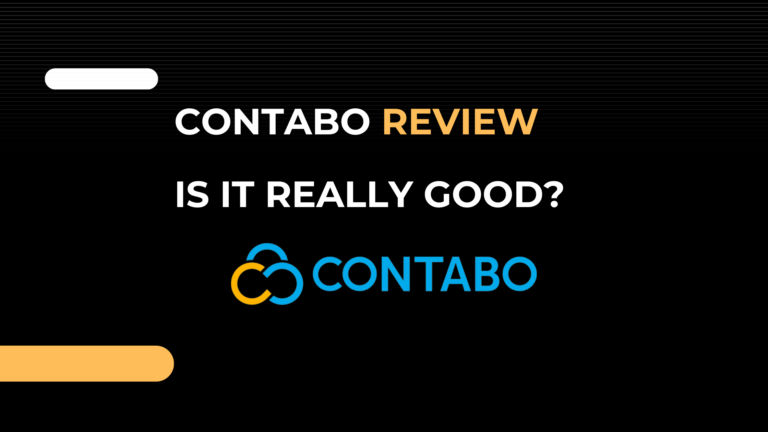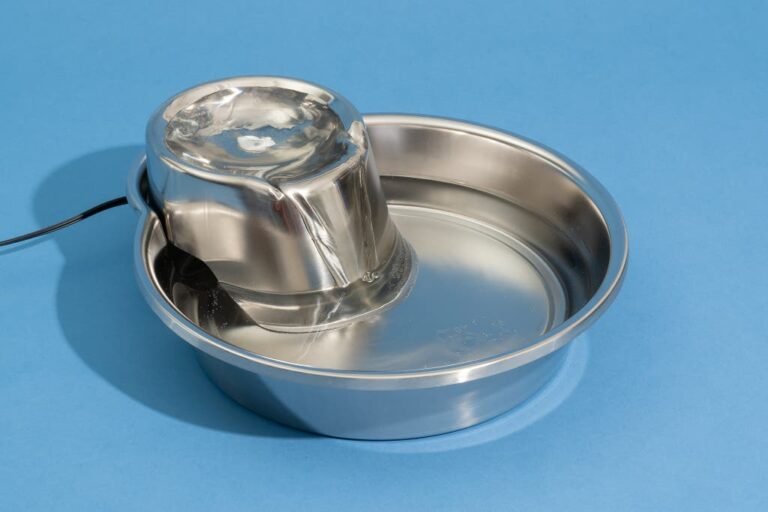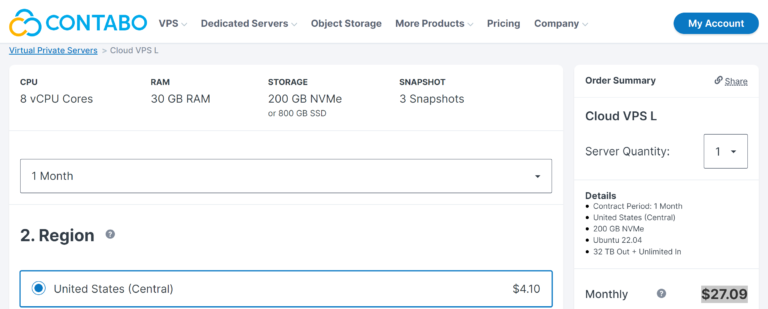Notebook vs Laptop vs Tablet Which is Better: Guide
I’ve always loved tech, especially portable devices. From old notebooks to today’s sleek laptops and tablets, the choices are many. You might wonder which one is best for you.
In this guide, we’ll explore the main differences between notebooks, laptops, and tablets. This will help you choose the right one for you. Whether you need a device for work, gaming, or just for fun, we’ve got you covered.
Let’s start our journey to find the best device for you. Our devices are a big part of our lives. Choosing the right one can really change how we live and work.
Understanding the Key Differences: Notebook vs Laptop vs Tablet
Choosing between a notebook, laptop, and tablet can be tough. Each has its own special features and uses. Knowing the differences helps pick the right one for you.
Form Factor and Design Elements
Notebooks are big and sturdy, with a keyboard and trackpad. They feel like a desktop. Laptops are smaller and lighter, great for carrying around. Tablets are thin and touch-screen, perfect for moving and using.
Processing Power and Performance
Notebooks and laptops have strong processors and lots of memory. They’re good for games, video editing, and making content. Tablets are getting better, but they’re best for everyday tasks and watching videos.
Operating Systems and Software Compatibility
Operating systems and software matter a lot. Notebooks and laptops run Windows or macOS, offering many apps. Tablets use iOS or Android, with fewer apps but an easy-to-use interface.
| Feature | Notebook | Laptop | Tablet |
|---|---|---|---|
| Form Factor | Larger, more robust chassis with built-in keyboard and trackpad | Compact and lightweight, highly portable | Slim, touchscreen-based device prioritizing mobility and convenience |
| Processing Power | Powerful processors, large memory, and dedicated graphics | Balanced performance, suitable for everyday tasks and media consumption | Continuously improving, but typically focused on productivity and media consumption |
| Operating Systems | Windows or macOS, wide range of software options | Windows or macOS, wide range of software options | Mobile operating systems like iOS or Android, more limited software selection but streamlined user interface |
Knowing these differences helps choose the right device. Whether for work, fun, or both, pick what fits your needs best.
Portability and Battery Life Comparison
When it comes to portability factors and battery life, notebooks, laptops, and mobile devices like tablets offer distinct advantages. Understanding these differences can help users choose the right device for their lifestyle and needs.
Tablets are renowned for their exceptional portability. They are lightweight and compact, making them easy to carry around. Laptops, on the other hand, provide a balance between portability and performance, with their larger screens and more robust hardware. Meanwhile, notebooks tend to be slightly heavier and bulkier, but they often offer longer battery life and more powerful processing capabilities.
| Feature | Tablets | Laptops | Notebooks |
|---|---|---|---|
| Weight | Lightweight, typically under 2 lbs | Moderately lightweight, ranging from 2-5 lbs | Heavier, often exceeding 5 lbs |
| Size | Compact and slim, with screen sizes ranging from 7-12 inches | Larger, with screen sizes typically 13-15 inches | Larger, with screen sizes often 15 inches or more |
| Battery Life | Excellent, with up to 10-12 hours of use on a single charge | Good, with 6-8 hours of battery life on average | Impressive, often lasting 8-12 hours between charges |
The choice between a tablet, laptop, or notebook depends on your needs and preferences. Tablets are great for portability and convenience. Laptops offer a balance of performance and mobility. Notebooks provide more power and battery life for demanding tasks. Evaluating these portability factors can help users make an informed decision that aligns with their mobile device requirements.
Notebook vs Laptop vs Tablet Which is Better: Performance Analysis
Choosing between a notebook, laptop, or tablet affects your work and fun. We’ll look at gaming, multitasking, and storage to find the best for you.
Gaming and Graphics Capabilities
Laptops are top for gaming and graphics. They have special graphics cards and strong processors. This means smooth games and great pictures.
Notebooks and tablets use built-in graphics. They might not handle tough games well. But, some tablets have great graphics for casual gaming.
Multitasking and Professional Applications
Laptops are great for working with many things at once. They have big screens, strong processors, and lots of RAM. This makes them perfect for complex tasks.
Notebooks can also work well, but they might not be as strong. Tablets are best for simple tasks because they are small and light.
Storage Solutions and Expandability
Storage is key. Laptops can store a lot and you can add more. Notebooks have some storage, but you can’t add as much. Tablets have fixed storage and can’t be changed much.
So, what’s best for you? Think about gaming, work, and storage. Each device has its strengths. Choose wisely based on what you need.
Price Range and Value Proposition
Looking at notebooks, laptops, and tablets, we see big differences in price and value. It’s key to know these to pick the right device for you and your wallet.
Notebooks are often seen as the most flexible choice. They cost more but offer strong performance, lots of storage, and many features. This makes them great for work and personal use. Laptops, however, have a wider range of prices. They fit different budgets and needs, from cheap to expensive gaming laptops. They mix portability with lots of features well.
| Device Type | Price Range | Key Considerations |
|---|---|---|
| Notebook | $800 – $2,000+ | Powerful performance, versatile capabilities, premium design |
| Laptop | $400 – $2,500+ | Diverse price points, balances portability and functionality |
| Tablet | $200 – $1,000+ | Affordable options, focused on mobility and touchscreen interaction |
Tablets are usually cheaper, making them a good pick for those wanting something light and affordable. There are many tablets, from basic to high-end, to fit various budgets and needs.
Choosing between a notebook, laptop, or tablet depends on your needs, how you use it, and your budget. Knowing the prices and values of each helps you make a choice that meets your personal and work needs.
Conclusion
Choosing between a notebook, laptop, or tablet depends on what you need and like. Notebooks are good for both work and fun because they are light and powerful. Laptops are better for heavy tasks like gaming or video editing because they have strong processors and big screens.
Tablets are great for quick work, watching videos, and simple tasks because they are easy to carry and use. 2-in-1 devices are also popular. They mix the best of tablets and laptops, making them versatile.
When deciding between a notebook vs laptop vs tablet, think about what you need, how much you can spend, and your lifestyle. There’s a device for everyone, whether you want something light, powerful, or both. Take your time to figure out what you need and choose wisely for your 2-in-1 devices needs.
FAQ
What are the key differences between notebooks, laptops, and tablets?
Notebooks are light and easy to carry. Laptops are more powerful and versatile. Tablets are small and touch-based.
Which device is best for portability and battery life?
Tablets are the best for carrying around and lasting long on battery. Notebooks are also good for moving around.
How do the performance capabilities compare across the different devices?
Laptops can handle tough tasks like gaming and video editing. Notebooks are good for work on the go. Tablets are best for simple tasks and watching media.
What are the key factors to consider when choosing between a notebook, laptop, or tablet?
Think about what you need. Do you want power, portability, or something in between? Also, check your budget and what software you need.
Are there any versatile options that combine the features of notebooks, laptops, and tablets?
Yes, 2-in-1 devices are great. They can be a laptop or a tablet. This way, you get the best of both worlds.







